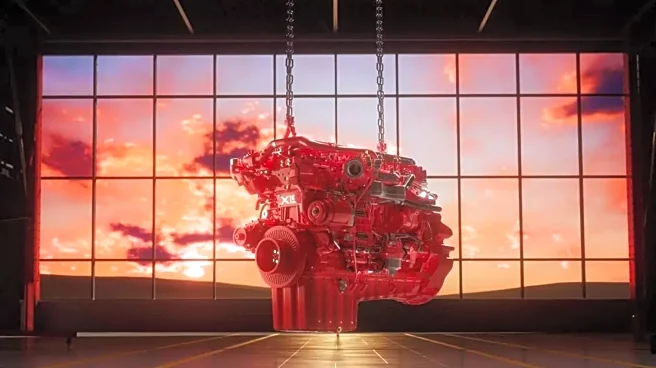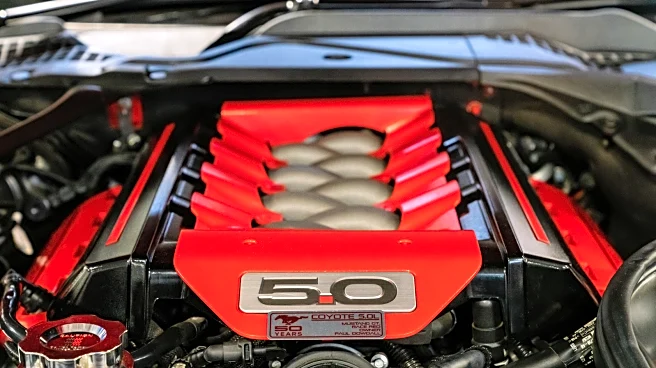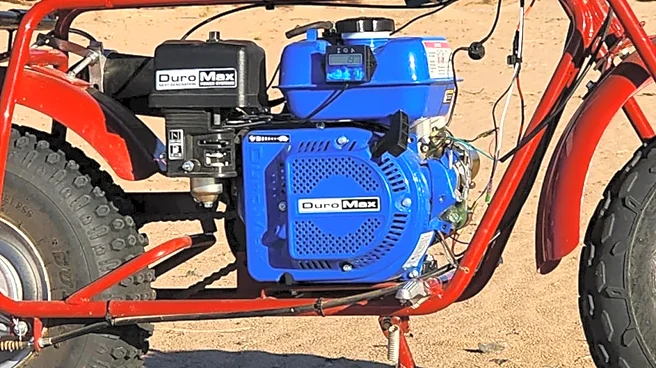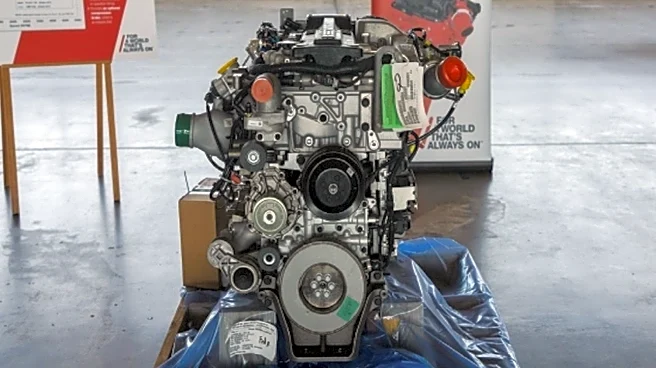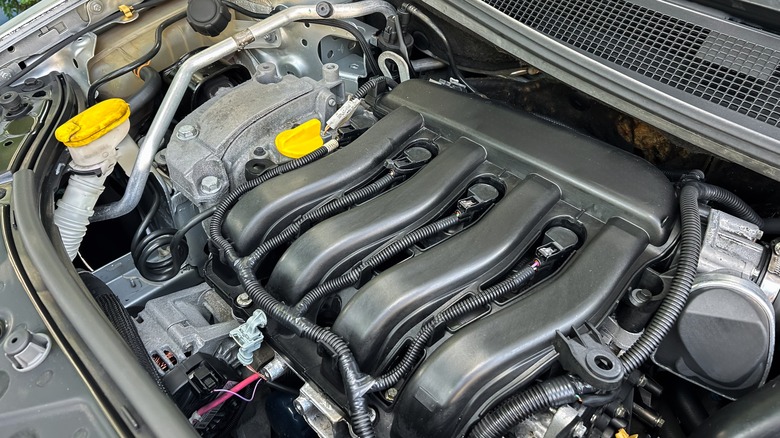
For most gearheads, there's nothing quite thrilling like the roar of a tuned engine and the instant kick of improved acceleration. Of course, buying a muscle car to enjoy lots of raw power and torque is always a solution. However, not everyone has the luxury of spending six figures on a vintage muscle car.
Fortunately, if you want to get more horsepower out of your car, there are several modifications you can make. Sure, some upgrades are as easy as reducing your car's weight and upgrading your exhaust
system. But others — like equipping your vehicle with either a supercharger or turbocharger — will require more technical know-how and might be hard on your wallet. With that in mind, if you want a subtle upgrade that won't draw much attention, yet still make a significant difference, installing a high-performance intake manifold is the way to go.
Now, your car's intake manifold is usually responsible for directing air (or an air-fuel mixture in old engines) from the throttle body to each cylinder — think of it as your engine's respiratory system. However, while stock intake manifolds excel in delivering fuel efficiency, they have their limitations when it comes to providing top performance. After all, most stock manifolds have narrow runners and basic shapes. Features that will definitely hold your engine back from producing maximum horsepower. That's where a performance intake manifold can help. These upgrades are designed with wider, smoother runners and impressive airflow designs that allow your engine to breathe more freely, leading to an increase in horsepower.
Read more: 5 Of The Most Powerful Engines Ever Put Into The Pontiac Grand Prix
How The Intake Manifold Design Affects The Engine Performance
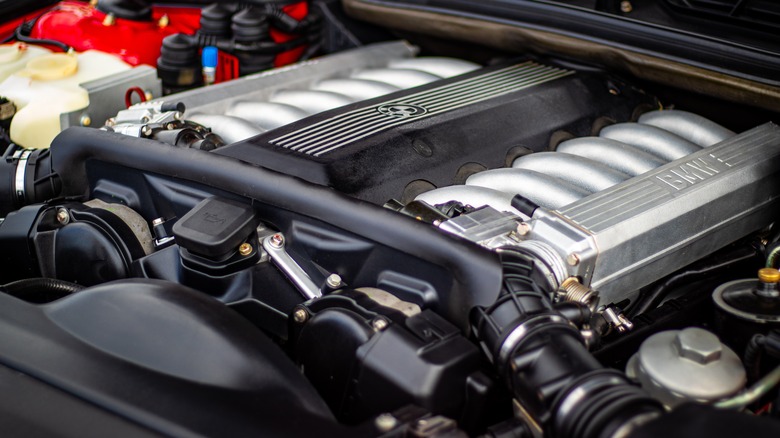
Located either on the top or side of your car's engine, the intake manifold might not seem like much, but it can significantly affect your car's performance. After all, it controls the amount of air getting into the cylinders and how evenly it's delivered. That means the faster and smoother the airflow, the more fuel your engine will burn, which, in turn, results in more horsepower.
Now, as mentioned earlier, the design of your car's intake manifolds can have a massive impact on its performance. Performance manifolds, for instance, have ports that seamlessly align with the cylinder head inlets. This precision helps remove any mismatch or rough edges that could disrupt airflow. Additionally, these manifolds come with carefully engineered curves that guide air efficiently to different cylinders. The results? More oxygen, which gives your engine more juice to generate stronger and consistent power.
There's also the impact of the plenum volume (the main air chamber). Now, the duty of the plenum is to ensure that all cylinders receive consistent airflow. Therefore, if you purchase an intake manifold with a larger plenum, this system will stabilize the pressure — especially during fast throttle charges — by feeding more air into the cylinders. Of course, this change might not seem crucial during everyday driving. However, that steady air supply will result in increased combustion efficiency, which translates to more horsepower.
What To Consider When Upgrading Your Intake Manifold
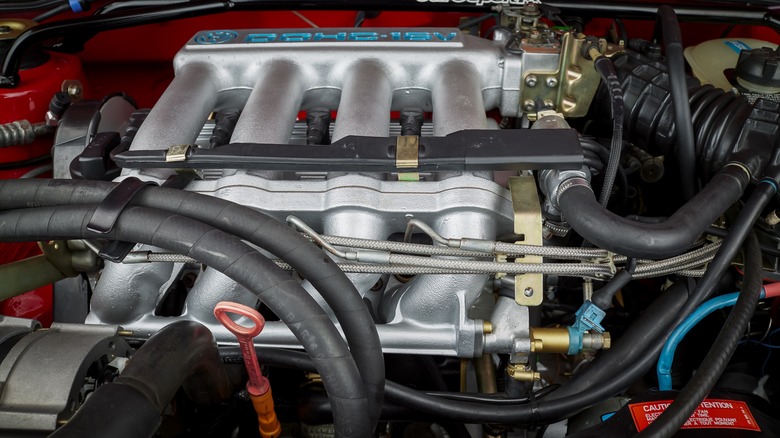
Undoubtedly, upgrading your intake manifold is an easy and quick modification that brings a whole new driving experience to your car. But before you go ahead and install a new manifold, it's worth mentioning that there are several options available, such as a single-plane and dual-plane intake manifolds. And while both manifolds are designed to distribute air evenly into the cylinders, choosing the right model for your car requires you to understand the design, compatibility, and other essential mods of each.
Now, when it comes to the design, single-plane manifolds have a single, open plenum that feeds air and fuel to each cylinder. These manifolds prioritize high-rpm horsepower, making them ideal for racing or high-output builds. But since they focus on top-end power, they have one slight limitation: they usually sacrifice low-end torque, which might not suit every driving style. Dual-plane manifolds, on the other hand, have a split plenum design that balances low-end torque and top-end power. As a result, they're often preferred for street performance and daily driving due to their versatility.
While at it, you'll also want to consider the material of the intake manifolds. Both single-plane and dual-plane manifolds are made from different materials, each offering its pros and cons. Composite manifolds, for instance, are lightweight and are best at resisting heat soak. This means they can lower intake air temperatures by 10 to 15 degrees Celsius compared to metal. Contrarily, aluminum manifolds are durable and are most common for high-performance uses.
Want the latest in tech and auto trends? Subscribe to our free newsletter for the latest headlines, expert guides, and how-to tips, one email at a time.
Read the original article on SlashGear.
